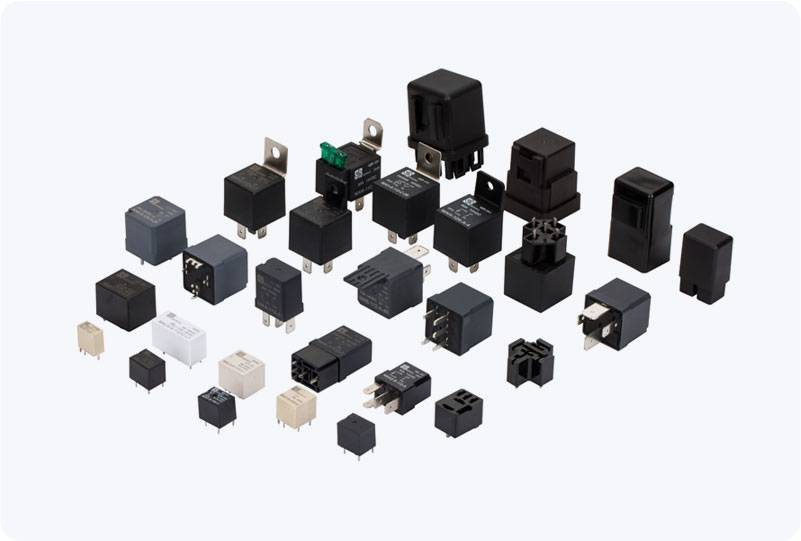The Dual Relay Module is a versatile electronic component widely used in a variety of automation and control systems. It is a crucial tool in bridging the gap between low-voltage control signals, typically from microcontrollers, and high-voltage devices such as lights, fans, and other household appliances. In this article, we will explore the key features, applications, and benefits of the Dual Relay Module, shedding light on its importance in modern electronics and automation.

What is a Dual Relay Module? A Dual Relay Module is a simple yet powerful component that integrates two independent relays onto a single board. Each relay can control a separate circuit, making it an ideal solution for projects that require the simultaneous control of multiple devices. The module typically includes two relay switches, each capable of handling high-voltage AC or DC loads. The relays are driven by a low-voltage DC control signal, such as the 5V output from an Arduino, Raspberry Pi, or other microcontroller platforms. The key feature of the Dual Relay Module is its ability to isolate the low-voltage microcontroller circuit from the high-voltage load circuit. This isolation helps protect the sensitive control electronics from potentially harmful high voltages, ensuring safe operation.